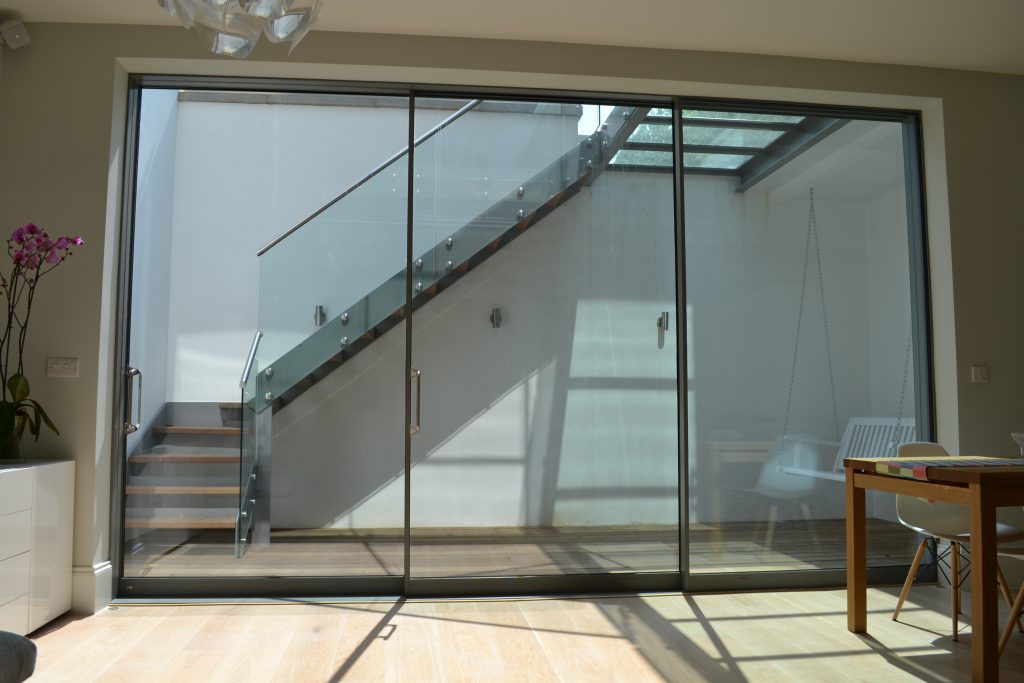
1. How do I get Light into a Basement
The key to bringing light into a basement extension is to create a variety of sources of natural light in type, size and location. The primary source of natural light and natural ventilation is the basement lightwell. These are typically to the rear and front of the property and also in the middle. Front and Rear lightwells being the most common combination. The garden lightwell is typically the full width of the property with sliding or folding glazed doors giving onto it from a basement family room. In this way the lightwell serves to provide a large amount of daylight and useful amenity space.
The front lightwell is smaller and typically limited to a shorter distance projecting into the front garden.
It is the middle lightwell where a great deal of design opportunity also presents itself. Bringing natural light and ventilation and the chance to ‘step outside’ into the heart of the basement floor plan is a very positive thing. We have located study rooms giving onto this space and also opened up larger family rooms and feature staircases onto it and as such have many floor plans showing possible configurations. There is also further potential at Ground Floor to benefit from the Middle Lightwell which can be integrated with a second route between the front reception room and the large kitchen dining room giving onto the garden beyond.
We undertake many such projects where the brief calls for an interior based on the principles of light and clean and simple detailing.
4. What are the important technical issues in Basement design.
The waterproofing of a basement is clearly important and a typical question at the outset of a project is how do I waterproof my basement. Key to answering this is yet specification of reputable and tried and tested tanking membranes. At Shape Architecture we use the tanking systems of RIW or Delta Membranes. Having worked with these companies for many years we have a series of technical details developed with each of their technical departments today we incorporate on each project. The basement contractors we work with are all well used to installing these basement tanking systems and all provide a warranty for these works.
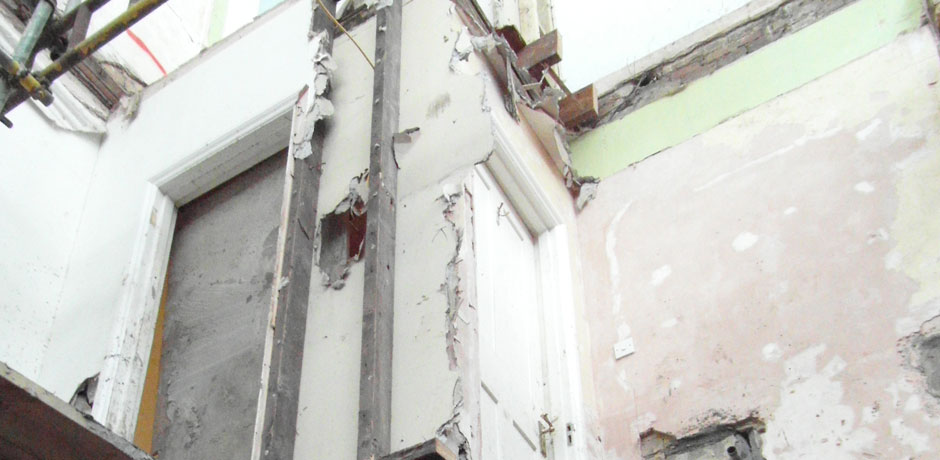
Whilst considering the ideal plan layout for a client and also how best to integrate the basement and rest of the property it is also important to consider the technical performance of acoustic separation. This is both in respect of air borne sound and impact/structural borne sound. As with all design solutions it is a mix of strategic planning and careful detailing that will provide the best result. Acoustic isolation also looks at the prevention of noise migration from service pipes and equipment.
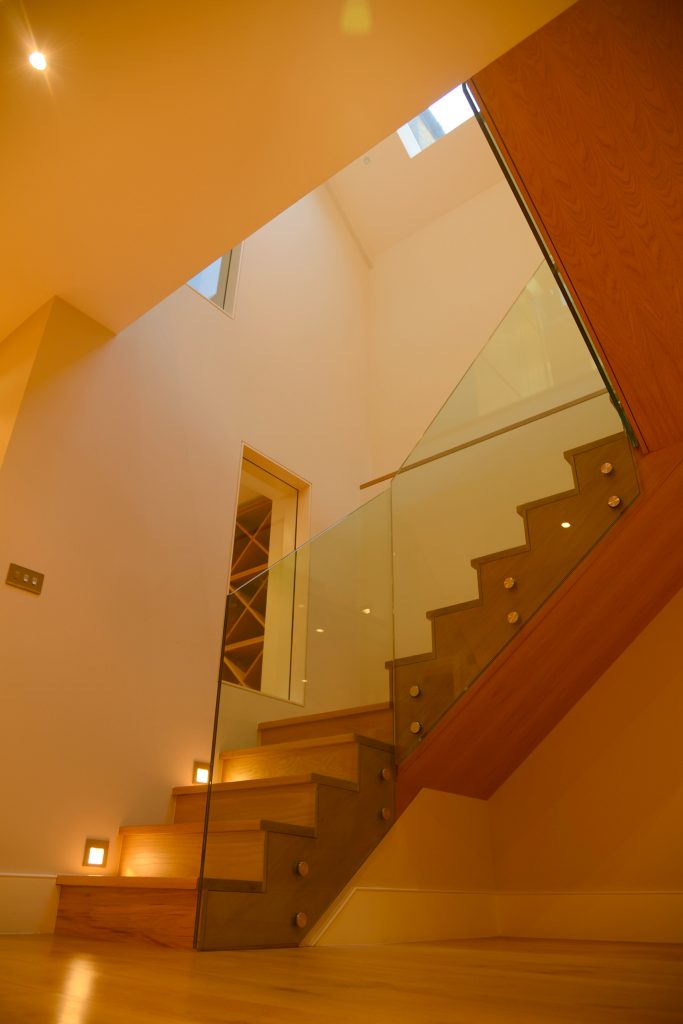
There are many areas to consider when creating a basement extension. With our experience of over 30 London basement projects we have set out 5 key steps in designing a basement extension.
Working as Architects in Fulham Shape Architecture undertakes many such projects where the brief calls for an interior based on the principles of light and clean and simple detailing.
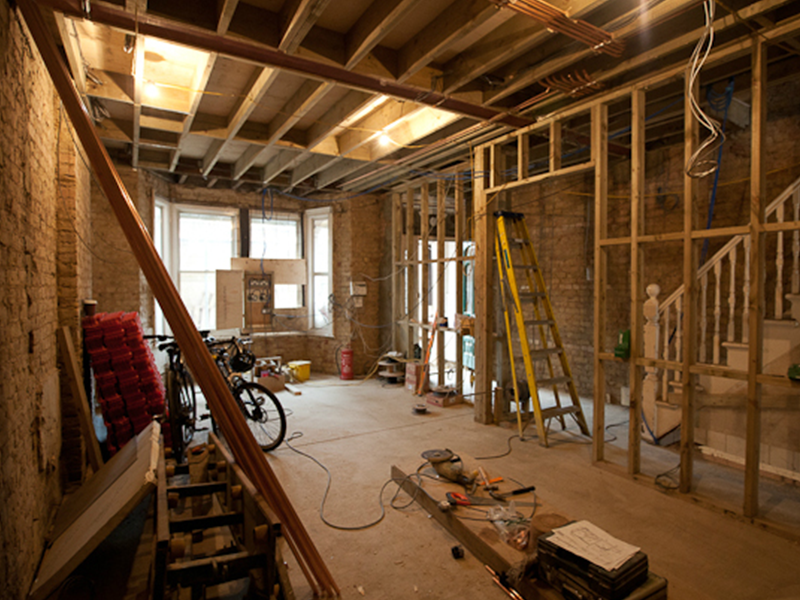
2. How do I integrate a Basement Extension with the rest of the property.
It is important that any basement extension is not isolated from the rest of the house and feels like a fully integrated part of the property. At Shape Architecture in our portfolio of basement extensions we have explored very many ways in which the new basement is fully integrated into the home.
A successful approach is achieved through the design and location of the stair linking basement and ground floor. In a number of projects we have located this stair in a large void within the kitchen dining room giving onto the middle of the basement and as such much of the activity around the house is centred on this space.
In several other projects, particularly in Fulham basements, we have located the stair in an elegant glass cube projecting into the garden which forms a central feature to the property and as such a draw towards the basement.
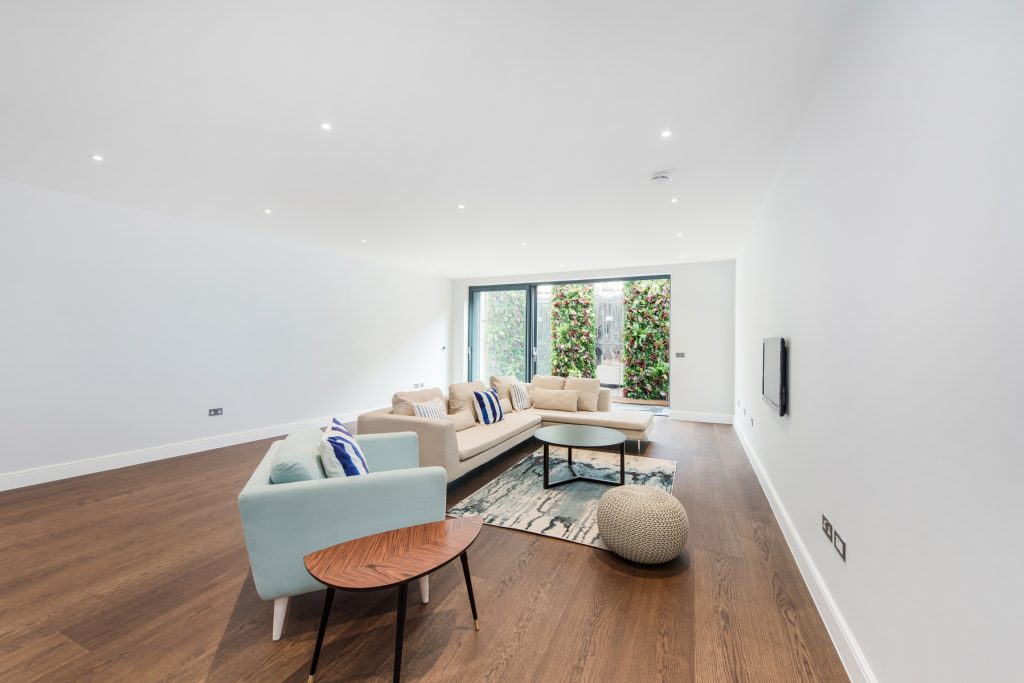
3. What is the best Basement Layout
Basement layouts vary according to client requirements and to a degree in accordance with site constraints.
Typically the rear garden section of the basement can be formed as a family room with connection to the garden via the rear lightwell and in this way it can be filled with light and natural ventilation. The street side of the basement is very often designated as a Media Room.
In the central section of the basement plan a series of ‘ back of house ‘ spaces such as Utility room, WC, Gym etc are normally located.
There are very many variations on the above and these are to a large degree determined by the location of the basement stair and also the incorporation of a middle Lightwell.
5. How do I connect a Basement Extension with the Garden
The basement can be well integrated with the garden through the interface of he rear lightwell and the way in which the steps of staircase is then designed.
In the many basement extensions we have designed there have been quite a variety of solutions to how this stair can work.
These vary from our project in Ellerby Street where a lightweight steel and glass stair connects with a glass bridge to form access to the garden to other projects where a simple linear series of steps run from the edge of the lightwell up to the garden, bounded by a structural glass balustrade.
Whilst this deals with access from basement to garden the other part of the composition is the access from the ground floor to the garden. Typically this is a physical and visual link between the kitchen dining space and garden beyond. Here the access sails over the basement lightwell below in the form of glass bridges or larger glass platforms. These then either arrive at the level of the garden or link to one or two more steps. The glass bridge is normally installed at a slight angle to assist water run off and so help keep the surface clean and non slippy. The interface of lightwell edge onto garden can often be planted and forms a pleasing composition with the structural glass platforms and balustrade. Features such as herb gardens also add interesting features as one walks across the glass bridge into the garden.


